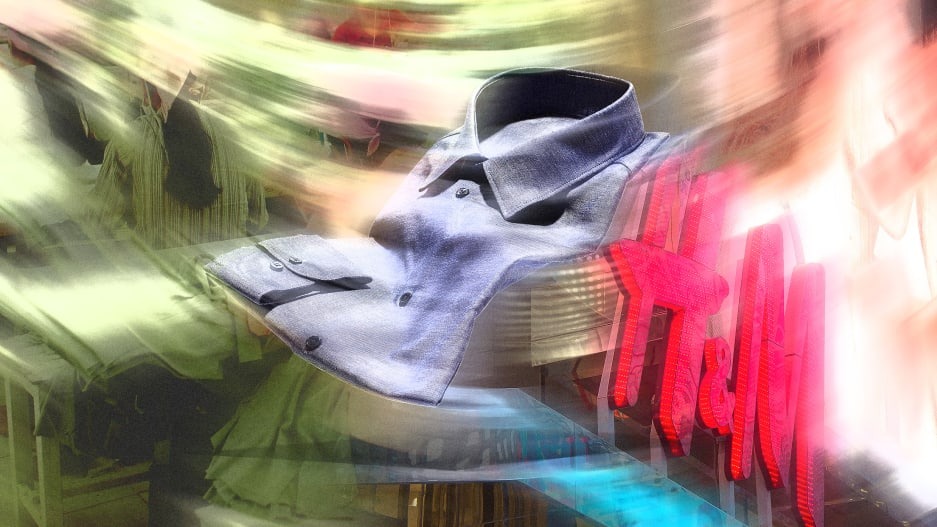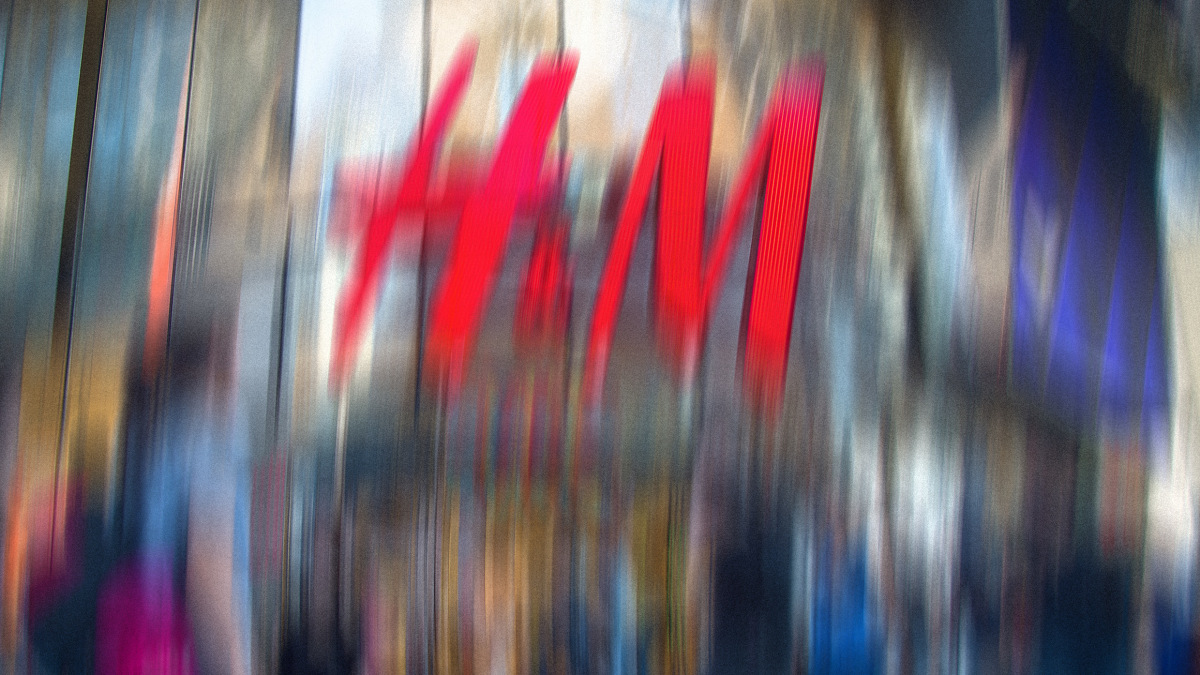- | 12:00 pm
H&M is vowing to pay factory workers more. Why aren’t other brands stepping up?
Fast fashion brands are terrified of raising their prices. But that’s the only way to make the industry more ethical and sustainable.

H&M is known for its affordable prices, from its $9 t-shirts to its $26 party outfits. Browsing the racks, it’s hard not to wonder how much workers got paid to produce garments that are so cheap.
The reality is that many garment workers in the global supply chain do not earn enough to feed their families. In Bangladesh—a major manufacturing hub for low-end brands like H&M, Zara, and Primark—the minimum wage is only $74 a month, which is far below the $302 the Bangladesh Institute of Labor Studies says is a livable wage. On top of that, working conditions are often dire. A decade ago, a dilapidated garment factory in Bangladesh called Rana Plaza collapsed, killing 1,134 people and injuring 2,500.
The Bangladesh government has been in negotiations to increase the minimum wage to $113 a month starting on December 1. But a month ago, garment workers took to the streets of Dhaka, the capital, to demand a larger increase. Unions are asking for a modest wage of $208 a month. In response, factory owners and police have beaten many protestors, focusing on injuring their hands and arms, to prevent them from being able to work.
Brands have largely stayed out of the conversation, even though they are directly responsible for pressuring factories to keep costs low to preserve their own profits. But H&M has taken a stand, publicly announcing it is willing to pay more for products to keep up with wage increases. It also noted that it would not necessarily raise the prices of products for customers, as it might find ways to absorb these higher costs.
This was an important message to the industry, signaling that the $22 billion fast fashion giant was standing with Bangladeshi workers. In the week since H&M made this commitment, no other brands have followed suit. It’s shameful, but it also speaks to how the fast fashion business model dominates the industry. Brands will do anything they can to keep costs low because otherwise, customers will shop elsewhere.
But raising the price of products is the only way that the fashion industry will become more ethical or sustainable. There is no other way forward.

The Race To The Bottom
H&M was an early pioneer of fast fashion. In the 1980s, it began developing a global supply chain to make inexpensive clothes, using low-cost labor in foreign countries and cheaper materials like polyester. It’s stated goal was to democratize fashion, making trendy, off-the-runway looks accessible to everyone.
Four decades later, fast fashion is now the norm. The French resale company Vestiaire Collective recently developed a framework for defining fast fashion, pointing out that price is just one part of the equation. Fast fashion brands also try to outdo each other in terms of novelty, churning out more products quicker and more frequently. Vestiaire Collective has now banned sixty brands from its platform, including Gap, Benetton, and Abercrombie & Fitch. And over the last decade, the Chinese fast fashion giant Shein has popped up, selling in larger volumes and faster velocity than anything we’ve seen before, vaulting to become the biggest clothing retailer in the world.
The entire fast fashion business model is built on the backs of workers in developing countries. Factories in Bangladesh, India, China, Vietnam, and Cambodia create opportunities for the very poorest to make a living. These workers are easy to exploit. Factory owners are notorious for creating bad working conditions, forcing workers to work inhumane hours, and engaging in wage theft.
Brands generally don’t have contact with the workers themselves; they work with factory owners and other middlemen. But in an in-depth study, Human Rights Watch found that suppliers felt intense pressure from brands to keep prices low. This encourages factory managers to pay workers as little as possible and cut benefits. And given that there are hundreds of factories in Bangladesh, brands can easily drop a factory for another one that will do the work for less money.
H&M has taking an important step by speaking up, particularly since it is such a dominant player. It is taking responsibility for its role in the fashion eco-system. It is standing with workers and communicating to suppliers that it is willing to bear the cost of higher wages. “We support the development of fair and competitive wages in our supply chain,” the company says in a statement, which it shared with Fast Company. “We have communicated to our suppliers that we acknowledge the importance of our purchasing practices as enablers for improved wage levels.”
The question is: Why haven’t any other brands done the same?

IS RAISING PRICES SO CRAZY?
The obvious answer is that brands are worried that higher wages will force them to charge more for their products, which will put them at a disadvantage. There will always be other brands that are willing to exploit workers to sell products at lower prices. Take Shein, for instance. Many reports allege that Shein’s shockingly low prices are made possible by forced labor and human rights violations.
Even H&M is wary of raising prices. In its statement, the company said it would not necessarily pass on the cost of higher wages to customers. “We always ensure that we have the best combination of fashion, quality, price and sustainability in every market where we operate,” the statement reads.
But there is simply no way for the fashion industry to become more ethical until it raises prices. And while it might seem like higher prices might be bad for business, this isn’t necessarily true. Last year, due to rising supply chain costs, fashion brands like American Eagle Outfitters and Victoria’s Secret cut back on promotional pricing. In its advice to the apparel industry on how to navigate this inflationary environment, McKinsey encouraged brands to increase prices strategically, raising prices on a few products at a time, based on what consumers might be willing to pay more for. In other words, higher prices aren’t going to destroy the fashion industry; both consumers and brands will adapt.
More broadly, brands across the fashion industry are touting the value of quality over quantity, and encouraging consumers to think about the price-per-wear of a product. Startups like Buck Mason and Cuyana charge premium price points, but argue that their products are not only more luxurious, but made by craftspeople who are properly paid. Both brands are doing well financially.
The fast fashion sector underestimates consumers’ willingness to pay more for clothes that are more ethically made. Of course, this will likely mean they will buy less. But this isn’t a bad thing. Encouraging customers to buyer fewer products at a higher price point would allow brands to slow down the pace of production. And ultimately, this would be better for workers and for the planet.
All of this is within our reach. It just takes a couple of brave leaders in the fashion world to take a stand.





































